Barley flour, a versatile and nutritious grain-based product, is milled from whole barley grains. Known for its earthy, slightly nutty flavor, it has been a dietary staple in various cultures for centuries. This whole-grain flour is a rich source of dietary fiber, vitamins, and minerals, particularly fiber, manganese, and selenium. Its high fiber content makes it an excellent choice for promoting digestive health and regulating blood sugar levels. Barley flour is often used in baking to create hearty, dense bread, muffins, and pancakes, adding a distinctive flavor and a slightly chewy texture to baked goods. It can also be incorporated into soups and stews as a thickening agent or used as a nutritious alternative to wheat flour in various recipes, making it a valuable addition to a balanced and wholesome diet.
Uses & Health Benefits:
Barley flour, made from ground barley grains, offers a range of health benefits due to its nutritional content. Here are some of the advantages of using barley flour:
- High in Fiber: Barley flour is an excellent source of dietary fiber, which aids in digestion, helps maintain healthy bowel movements, and reduces the risk of digestive disorders like constipation.
- Rich in Nutrients: It contains essential nutrients such as vitamins (particularly B vitamins like niacin and thiamine), minerals (including magnesium, manganese, and selenium), and antioxidants.
- Heart Health: The soluble fiber in barley flour can help lower cholesterol levels, reducing the risk of heart disease. It also supports healthy blood pressure.
- Weight Management: The fiber content helps you feel full and satisfied, potentially aiding in weight management and preventing overeating.
- Blood Sugar Control: Barley flour has a lower glycemic index compared to some other grains, which can help regulate blood sugar levels and reduce the risk of type 2 diabetes.
- Digestive Health: It promotes a healthy gut microbiome by serving as a prebiotic, nourishing beneficial gut bacteria.
- Bone Health: Barley flour contains minerals like calcium and phosphorus that are essential for strong bones.
- Anti-Inflammatory: The antioxidants in barley flour may have anti-inflammatory properties, potentially reducing the risk of chronic diseases.
- Reduced Risk of Gallstones: Regular consumption of whole grains like barley is associated with a lower risk of gallstones.
- Skin Health: Nutrients in barley flour, such as selenium and B vitamins, contribute to healthy skin, promoting a youthful appearance.
- Energy Boost: Barley flour provides complex carbohydrates, offering sustained energy levels throughout the day.
- Versatility: It can be used in a variety of recipes, including bread, pancakes, muffins, and as a thickening agent for soups and stews.
How to Use?
Using barley flour in your cooking and baking adds a nutritious twist to your recipes. Here are eight ways to incorporate barley flour into your culinary creations:
- Baking: Replace a portion of all-purpose or whole wheat flour with barley flour in recipes for bread, muffins, pancakes, and cookies. Start by substituting up to 25% of the total flour content with barley flour and adjust based on your taste preferences.
- Thickening Agent: Use barley flour as a thickening agent in soups, stews, gravies, and sauces. Simply whisk barley flour with a small amount of cold water to create a slurry, then stir it into your dish while cooking to thicken the consistency.
- Coating for Fried Foods: Dip fish, chicken, or vegetables in barley flour before frying to create a crispy and flavorful coating. The nutty flavor of barley flour adds depth to fried dishes while providing a healthier alternative to traditional breading.
- Pasta Making: Mix barley flour with eggs and a pinch of salt to make homemade pasta dough. Roll out the dough and cut it into your desired shapes for fresh and nutritious pasta dishes.
- Pizza Dough: Substitute a portion of all-purpose or whole wheat flour with barley flour in your pizza dough recipe for a heartier crust with a slightly nutty flavor. Barley flour adds texture and nutritional value to homemade pizzas.
- Healthy Snacks: Incorporate barley flour into homemade energy bars, granola bars, or protein balls for a nutritious boost. Combine barley flour with oats, nuts, seeds, dried fruits, and sweeteners of your choice, then shape into bite-sized snacks for on-the-go fuel.
- Batter for Fritters or Pakoras: Mix barley flour with spices, herbs, and water to create a flavorful batter for fritters or pakoras. Dip vegetables, cheese, or meat into the batter and deep-fry until golden brown for a delicious appetizer or snack.
- Thicken Smoothies or Shakes: Add a spoonful of barley flour to your favorite smoothie or shake for added fiber, protein, and nutrients. Barley flour blends seamlessly into creamy beverages and helps create a thicker consistency.
Note:
The information is for educational purposes only. This information has not been evaluated by the Food and Drug Administration.
This information is not intended to diagnose, treat, cure, or prevent any disease.

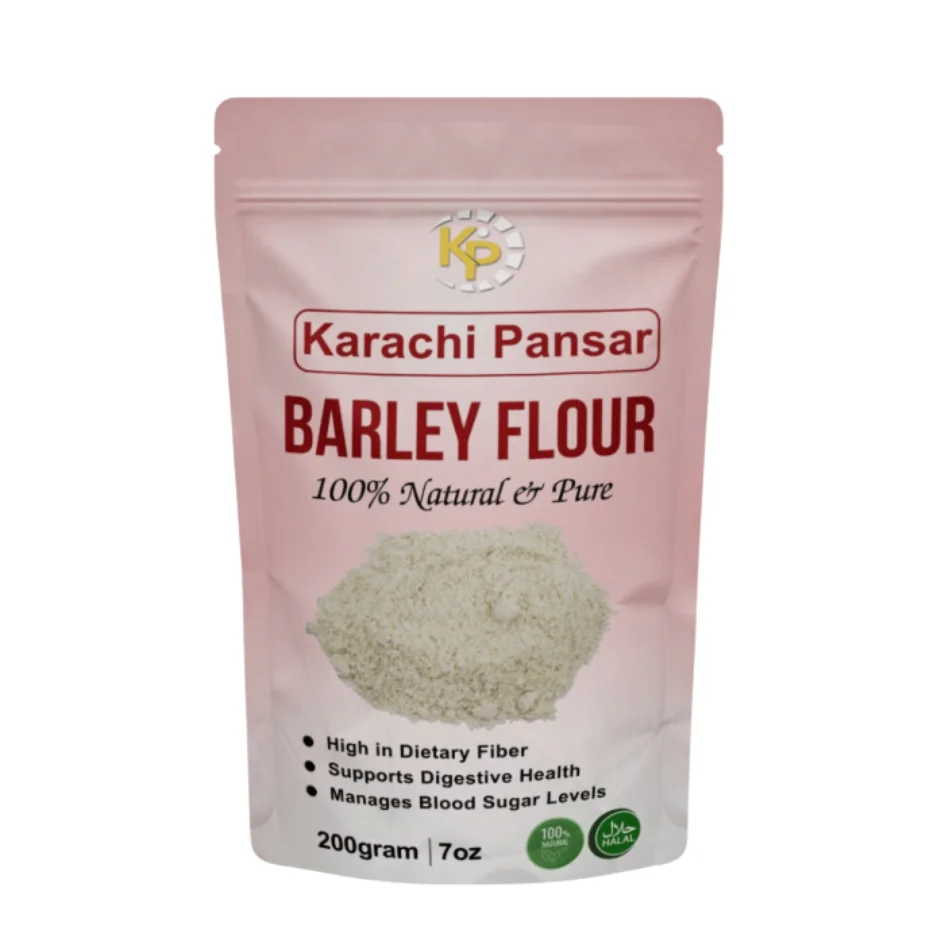



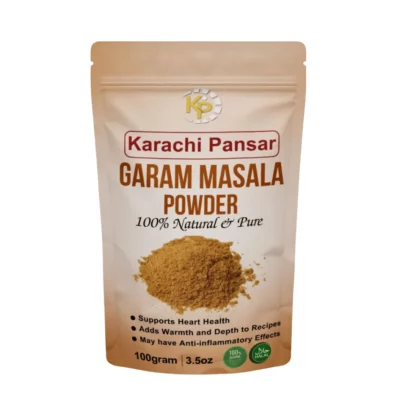






















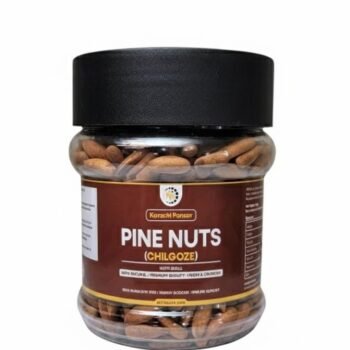












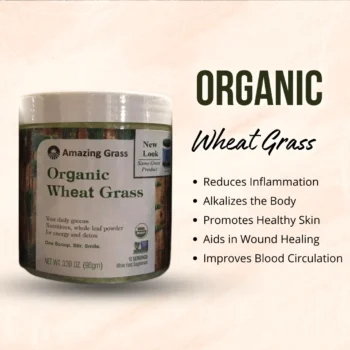
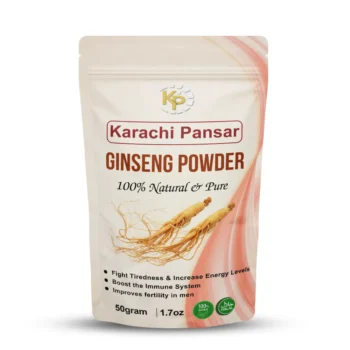





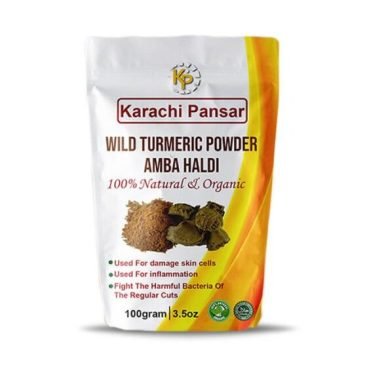
Muhammad Ali (verified owner) –
“Great customer service and high-quality items.”